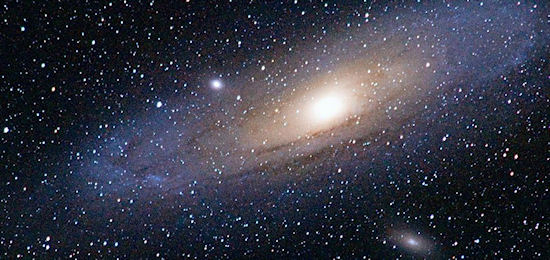First off, the general word astronomy is the study of outer space and everything in it to the last detail. In order to study all that mass it has to be broken down into separate categories.
These are just a few types of space astronomy. Some of the different types include planetary, solar, stellar, and galactic. Understanding the different types of astronomy might give you a basic knowledge of how things are broken down in the universe.
Planetary astronomy and science studies the planets and moons, comets and asteroids, icy satellites and dwarf planets. They study the physical mass and composition of these bodies as well as the theories behind the formation of the planets mostly within our solar system. Computer simulation, mathematical modeling, or by physical means using a robotic vehicle to collect specimens are some of the ways to help study. Research can be conducted by earth based laboratories or space exploration. They examine the dust around younger stars and how they move through space. They also study interior and exterior surfaces, what their atmospheres are like and research the study gravity.
Solar astronomy studies only the sun and like stars, but because we can only research it from a distance, we are extremely limited on what we can learn. The sun is yet to be entirely understood, but is a major part of our universe. Every time the sun makes changes whether slight or significant it can and usually does affect the earth. Studying stars from birth to supernova, studying the gas storms, heat fluctuations and radiation from the sun is focused in this area of science.
Stellar astronomy is usually studied by both observing and using theoretical modeling. The primary focus of stellar astronomy being that of the stars, observing the various stages and how they form and develop. Looking at the radiation, intensity, and color of a star through photographic means is one way of observing. The other, theoretical modeling, is just that, taking and using known applications or phenomena then building a model. They can then base theories off these models by studying them.
Galactic astronomy is another aspect of space astronomy that is its own entity. This form of astronomy focuses on the Milky Way Galaxy. The Milky Way Galaxy includes the most complex system of stars, dust, and even nebulae. Some of the things studied by astronomers in the galaxy include the creation of the Milky Way, the motion, evolution, and how different galaxies form. Extragalactic astronomy should not be confused with galactic astronomy. Extragalactic astronomy studies additional galaxies that are not a part of the Milky Way.
The galaxy we live in is one out of hundreds if not thousands of galaxies out there. This task has to be broken up into different specialized areas of science if we are ever going to learn about the wonders it holds. In a universe that never ends and even though our scientific accomplishments can pierce through space which gives us the ability to see light years beyond what we ever thought possible, we have only touched on the knowledge it will give us.




